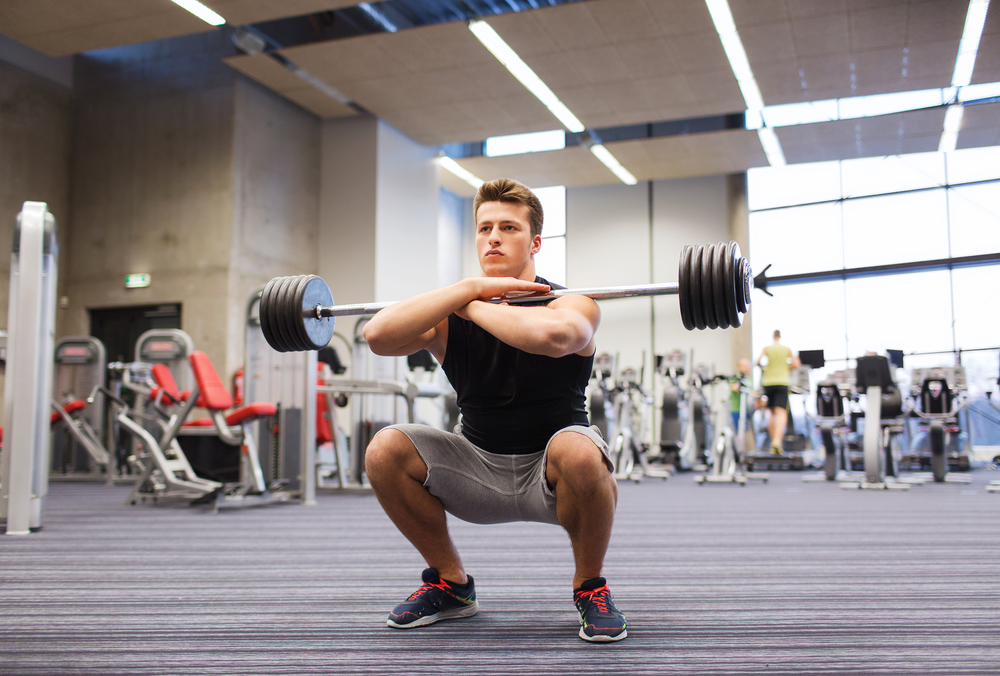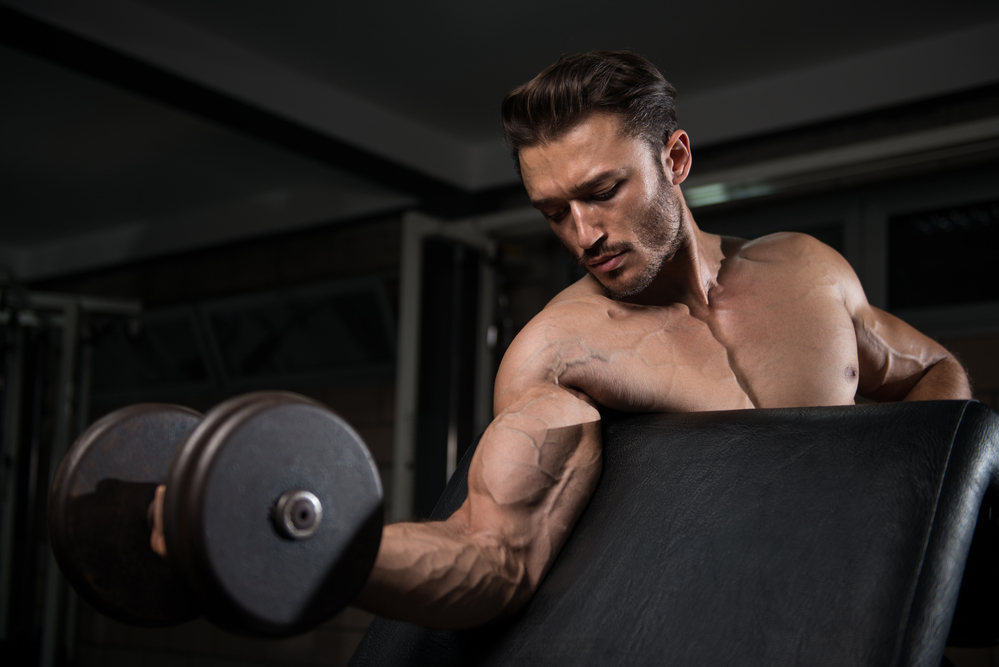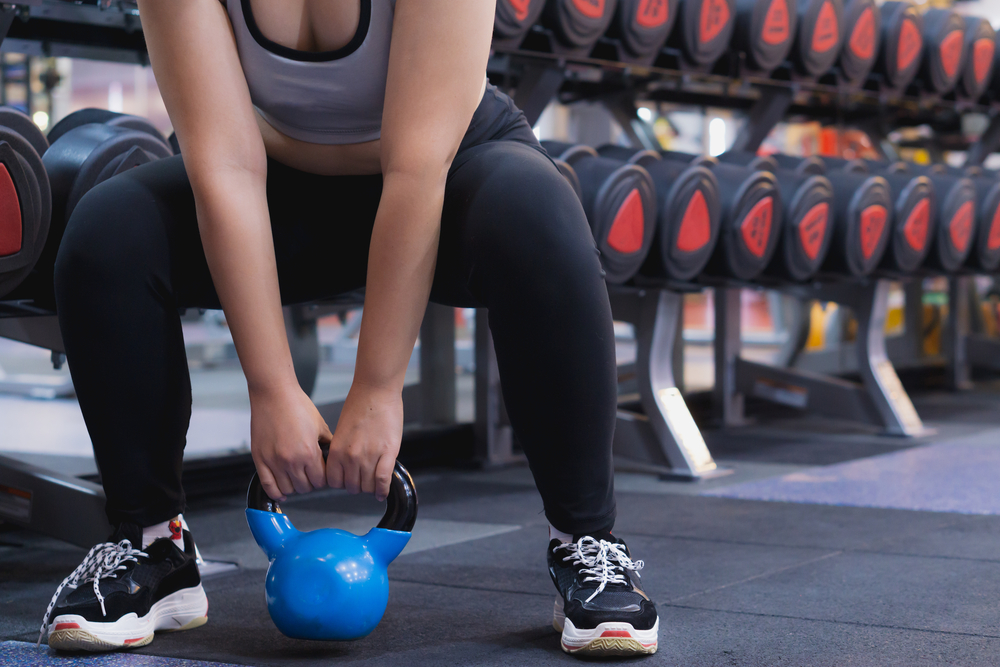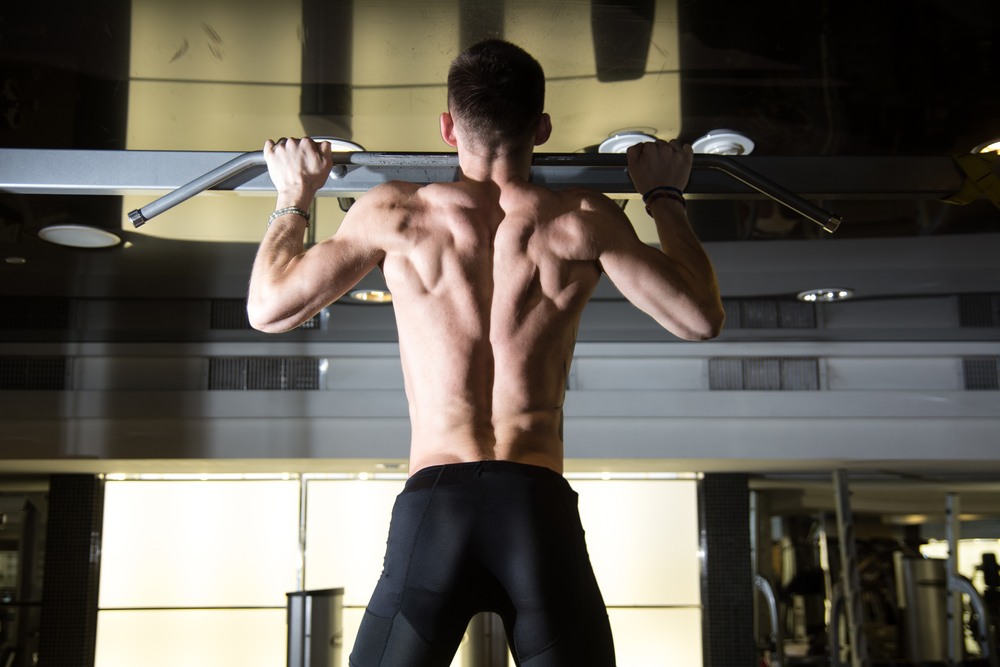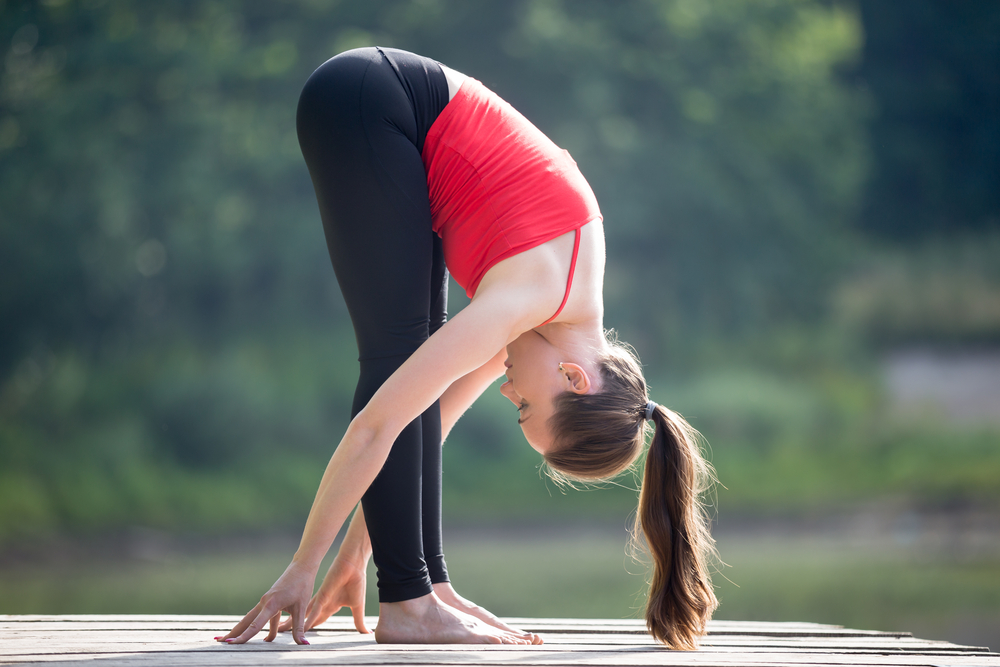
Standing forward bend is a simple exercise that allows you to develop flexibility in your spine and tone your abs, back, and glutes. In addition, this exercise is included in the TRP standards. Therefore, for all those who want to have a beautiful flexible body and be proud of their physical shape, the forward bend is a must.
What are the benefits of this exercise?
Standing forward bend is a completely natural movement for the human body. The exercise does not require any physical training or sports equipment. It’s ideal for self-training at home.
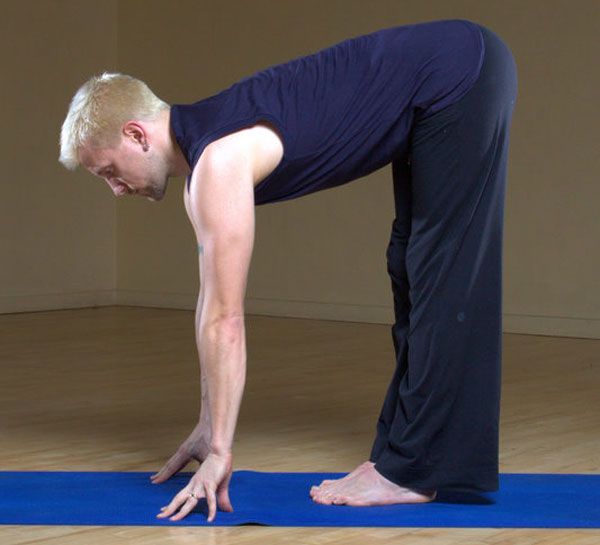
The effect of exercise on the body:
Standing forward bend improves the flexibility of the spine and the mobility of the hip joints
The exercise stretches the hamstrings, especially if you are doing the exercise with straight legs
Strengthens the muscles of the abs, back, and buttocks
Improves blood circulation, prevents head vascular diseases
Contraindications
I want to note that standing forward bend, like any other exercise, has contraindications. In fact, they are associated with two features: the inverted position of the body and the impact on the spine. In some health conditions, these effects are undesirable.
High blood pressure, headaches, head vascular disease
Spinal problems in which tension in the muscles of the lumbar region is not recommended
Often, for problems with the spine, it’s recommended to raise the pelvis from a squatting position, while leaving your hands below. Due to this, the position when the body is parallel to the floor is excluded from the exercise. Such a pose requires maximum tension in the muscles of the lower back. After all, when you have already bent over, your back muscles are relaxed.
Exercise technique
Despite the popularity of the exercise, the technique has some peculiarities. Let’s consider it in more detail.
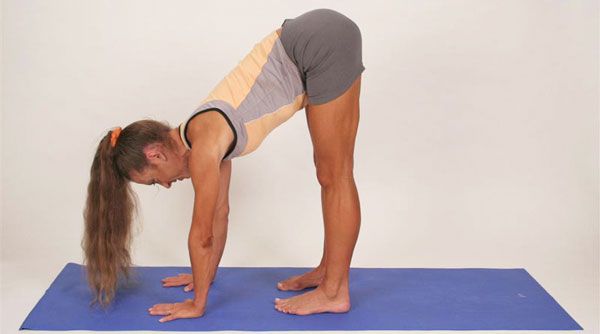
Stand up straight, and place your feet shoulder-width apart. Straighten your back. The natural deflection should be maintained in the lower back, the chest should be straightened
Tighten your abs and, keeping your back straight, lower your body down, twisting at the hip joints. If your current level of flexibility does not allow you to reach the floor with your hands, do not round your back, but slightly bend your knees. Flexibility will develop over time, and you will be able to fully perform a forward bend with straight legs
Hold at the lowest point for 1-2 seconds and return to the starting position. Perform the desired number of reps
Keep in mind that you are not pulling your torso upward with your back muscles. This is wrong and traumatic. The back muscles keep the body in a straight position. The gluteal muscles lift the body.
In addition, while performing the standing forward bend, you should pay attention to breathing. The opinions of experts differ. The easiest and safest option is to adhere to the anatomical features of the human body. In a standing position, the chest is straightened, the lungs can accommodate a sufficient volume of air. At the bottom point, on the contrary, therefore, it’s logical to lower the body while exhaling and raise it while inhaling.
You can start by performing 10-15 bends in 2-3 sets. The exercise should be done at a slow pace, without jerking. Strive to descend from a standing position into a slope with straight legs.



